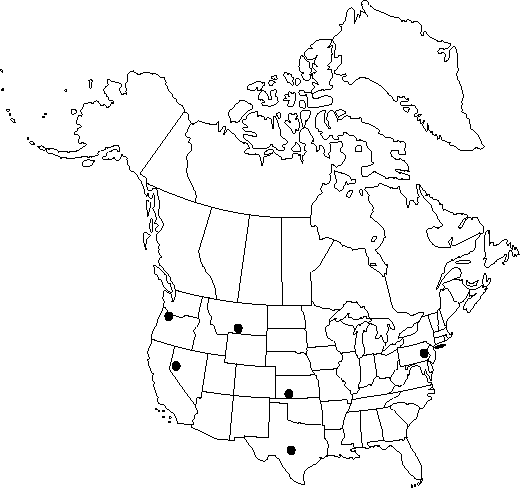Glaucium corniculatum
Fl. Jen., 13. 1781.
Plants annual or occasionally biennial, to 5 dm. Stems branching. Leaves to 25 cm; basal few, blade glabrate to moderately pubescent; basal and proximal cauline with blade lyrate, 7-9-lobed; distal with blade ovate, not distinctly clasping stem (sometimes slightly cordate-clasping); margins deeply dentate. Flowers: pedicels stout, to 5 cm; sepals 15-30 mm; petals orange to reddish orange, usually with blackish basal spot, obovate, to 40 mm. Capsules sublinear, straight or slightly curved, to 25 cm, appressed to ascending-pubescent or glabrate.
Phenology: Flowering late spring–summer.
Habitat: Open shores, fields, pastures, and canyon slopes
Elevation: 0-1600 m
Distribution

Kans., Mont., Nev., N.Y., Oreg., Pa., Tex., Europe, sw Asia
Discussion
Glaucium corniculatum has been widely introduced outside its native Eurasian range as a crop weed and ballast waif. It can persist in a fairly broad range of climates and probably is established in North America more widely than existing herbarium records indicate.
Selected References
None.